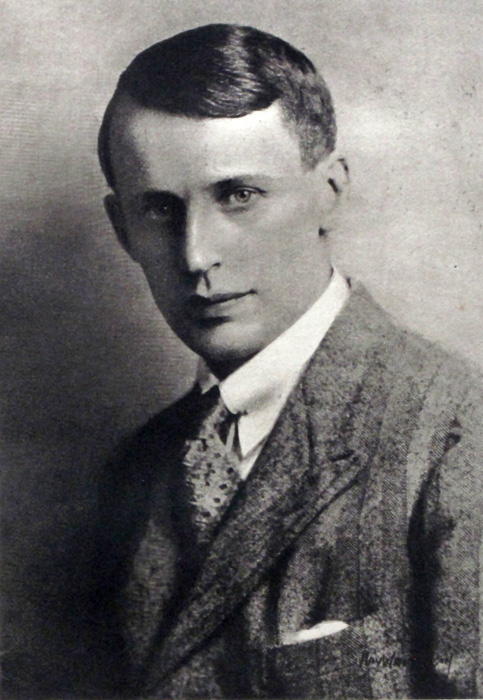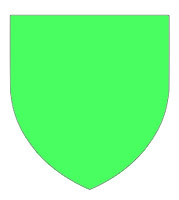| Professors of Natural Philosophy at the Universities of Aberdeen |
Sir George Paget Thomson FRS 3rd May 1892 - 10th Sep 1975G P Thomson was yet another Trinity College, Cambridge, scholar, succeeding David Thomson who had been in post for 35 years and Charles Niven who had been Professor here for 42 years. I should add Marischal College's James Clerk Maxwell to the list too, for he was also a Trinity College graduate and Fellow. G P Thomson was at the University for only 8 years before being lured to London. They were, though, a memorable 8 years during which he did the work that would earn him the Nobel Prize for Physics in 1937 for his experimental work showing that electrons can be diffracted. As the talented son of a highly decorated Physics Nobel Prize winner (J J Thomson), it was likely that G P Thomson would make a success of an academic career. His academic progress, though, was interrupted by the first World War. By the time he applied for the Aberdeen post he was back at Cambridge and had published one book, on Applied AerodynamicsG. P. Thomson "Applied Aerodynamics", Hodder & Stoughton, London (1919). , the product of his wartime work. It would have done no harm to his application that his father had received an honorary LLD from the University of Aberdeen in 1906. By the time he took up his post in the Marischal College building, Charles Niven's very able assistants (Wm W Fyvie DSc and Alexander E M Geddes DSc, OBE), who had been with Natural Philosophy for more than 10 years, had both been promoted to Lectureships. His first Assistant was Jessie Jack, whom I met in her home some 70 years later. She commented that GPT found the students weak in applied maths and used to give them much more mathematically oriented homework than they had had before, marked by herself. Thomson's work on electron diffraction of course tops his legacy. Quantum mechanics was being developed by the young guard of physics. Bohr and Schrödinger were a few years older than Thomson, de Broglie the same age, within a few months, Heisenberg younger. Thomson was 'in the mix', well connected with developments through his Cambridge links. From personal experience A E M Geddes remarked on the patience and perseverance which he brought to the task, the skill which he showed in surmounting innumerable difficulties, the unerring judgement he displayed in the interpretation of his results. Success was clearly no forgone conclusion. Thomson was also an effective teacher. I was taught quantum mechanics by one of his former students (Charles Strachan) who later joined the staff of the Department. I never acquired as much expertise as Strachan had. Thomson was one of the first to write a book for the general publicG. P. Thomson "The Atom", Thornton Butterworth Ltd., London (1930 and at least 4 later editions). explaining the new developments and ideas that quantum mechanics was bringing. He also wrote one of the first academic textbooks on electron diffraction while at Aberdeen. Like Maxwell, he married the Principal's daughter (in 1924) and moved to London (Imperial College) in 1930. Although it was Thomson work that demonstrated that electrons could be diffracted, along with that of Davisson and Germer in America, he was only peripherally involved in the development of the first electron microscopes and in London he moved his interest to the newly discovered neutrons. For more detail on Thomson, see the pages on the Scientific Tourist in Aberdeen. G P Thomson was knighted in 1943 for his wartime work. He open the Fraser Noble Building (christened as the Natural Philosophy Building) in 1963 and if R V Jones' hints are correct, he had a significant hand in making sure the government provided the money necessary to build it. Since not one in a thousand who go into the building know who Fraser Noble was, it is a pity the building isn't named after G P Thomson. A blue plaque commemorating Thomson's work was unveiled in September 2012 at Marischal College on the wall beside his old Departmental premises.  G P Thomson from photograph in the scientific instrument collection of the University of Aberdeen |
|
Page by John S. Reid Dec. 2017 |


